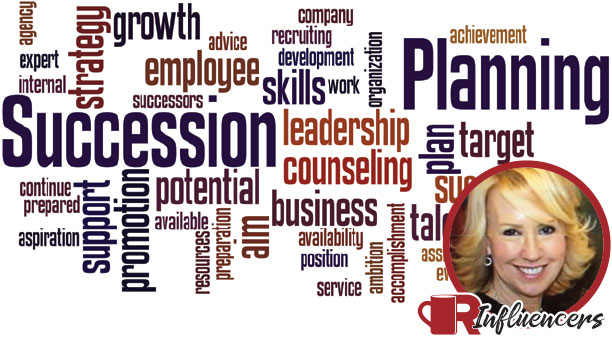Developing a successful succession plan takes time but it’s important

RCS Influencer Alison LaValley says a succession plan must account for the unique needs of your business and family because it empowers you to leave a lasting legacy.
Succession planning can be a complex undertaking that’s filled with questions. For example: When do you want to transition out of your ownership role? How can you derive the greatest value from your business? Who’s the best candidate to lead your company into the future? How do you know you have the right management team in place?
Many contractors, like most business owners, avoid addressing important succession questions like these because they touch on sensitive areas. Unfortunately, these are often the same companies that have no succession plan to prepare for future leadership, ownership, and management once the owner retires or is unable to manage the business. And, this is becoming a significant issue for the construction industry. According to a FMI Special Report: Surety Providers Survey, more than 50 percent of construction firm owners are over age 55, and less than half have a formal succession plan.
As we all know, many roofing and construction companies are family owned and operated — some for generations — and have had a substantial impact on their local communities over the years. In addition, many of these companies are smaller, and therefore highly dependent on their owners to manage day-to-day issues. And that is why it is so important to build a comprehensive succession plan that accounts for the unique needs of your business and family—because it empowers you to create a lasting legacy.
NRCA member contactors surveyed recommended the following steps to ensure a successful transition:
- Start by communicating with those you know and trust, including family and staff who have a vision for your company.
- Succession planning should be done over a four- or five-year period to ensure the most successful outcome — and the earlier, the better. Demographic changes will push an increasing number of businesses onto the market in the coming years – all competing with yours.
- Develop an employment agreement, which outlines responsibilities, establishes compensation, and then some.
- Assess your company’s value and identify financial conflicts early, including establishing exactly who can purchase your company, as well as a written and well-defined purchase schedule.
- Build, train and incentive your successors. This is one of the major factors in business transition failures—the lack of adequate training with the right management skills.
It takes time to develop a successful succession plan, but it’s important. NRCA contractors also recommend you talk to your certified public accountant and other advisors sooner rather than later; they will be able to guide your attention to important areas, explain and analyze your options, and ultimately help you implement a strategy that aligns with your vision and objectives.
Alison L. LaValley, CAE, serves as Vice President of Strategic Partnerships and Development for the National Roofing Contractors Association (NRCA), as well as Executive Director for the National Roofing Legal Resource Center (RNRLC). See her full bio here.








-2.png)












Comments
Leave a Reply
Have an account? Login to leave a comment!
Sign In